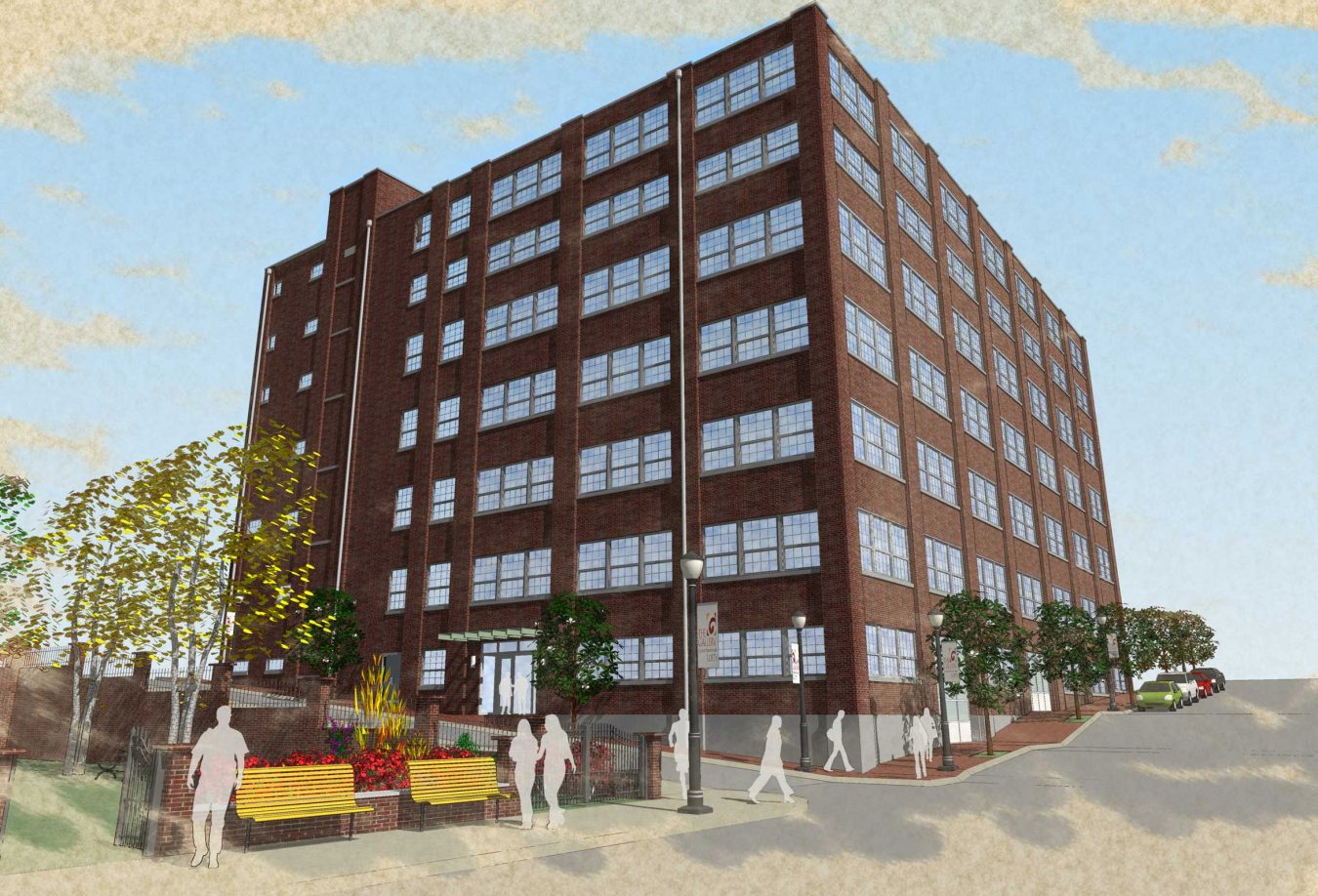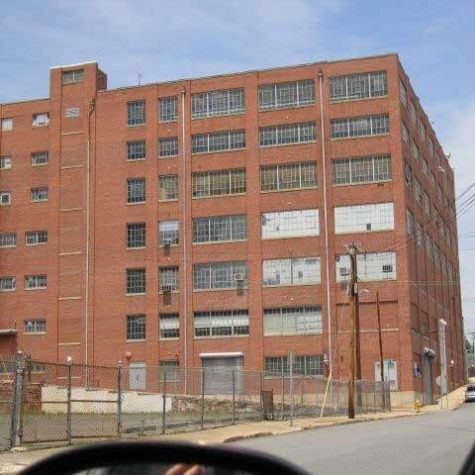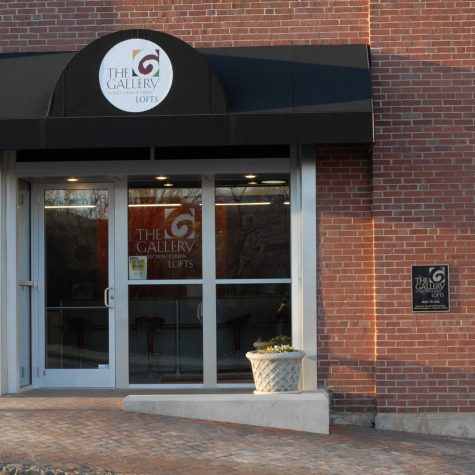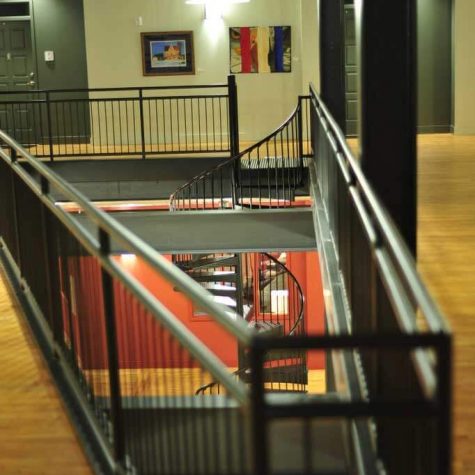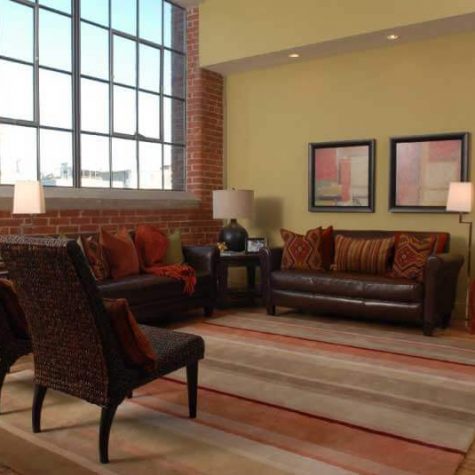The Challenge
The Hanes Textile Mill (also known as the Brown and Williamson Tobacco Company), a 150,000 square-foot red brick factory building, was built in 1940. In 2000, this historic building was vacant and adding to the blight of the surrounding community.
The Plan
In partnership with the local AME Church, Landex renamed the neighborhood, “The Heights” and set out to restore this once grand African American community adjacent to downtown, the Arts District, and the emerging Wake Forest University Biotech Research Park. Landex assembled a diverse, national, and local urban planning team to develop a plan to adaptively reuse the building and transform it into The Gallery, a collection of 82 urban lofts using state and federal historic tax credits; the plan was to sell the units as condominiums.
The trapazoidal design of the building provided an excellent palate for the redevelopment. The center of this huge building was vacated and a six-story atrium was created in its place. An attractive staircase linked the six floors of the atrium and large unique apartments lined the periphery of the building, thereby maximizing fenestration for the apartments. There are 82 apartments, all of which are named for famous artists.
The Result
The building was transformed into 82 luxury loft apartments ranging in size from 800 to 1,400 square feet. The building has access-controlled underground and surface parking, a state-of-the-art fitness center, a resident lounge, a coffee bar, a business center, and a rooftop garden.
The architectural design of the redevelopment builds upon the trapezoidal shape of the building. The interior common space on each floor is a two-story triangular atrium that serves as a functioning art gallery where local artists display their art on a rotating basis.
There are no narrow hallways; instead, the interior space is open, aesthetic and inviting. For two consecutive years The Gallery has received an award for Best Urban Design from the Home Builders Association of Winston-Salem.
All of the historic characteristics of the building, both inside and out, have been preserved and the building has been designated as historic by both North Carolina Preservation and the National Park Service of the U.S. Department of the Interior.
